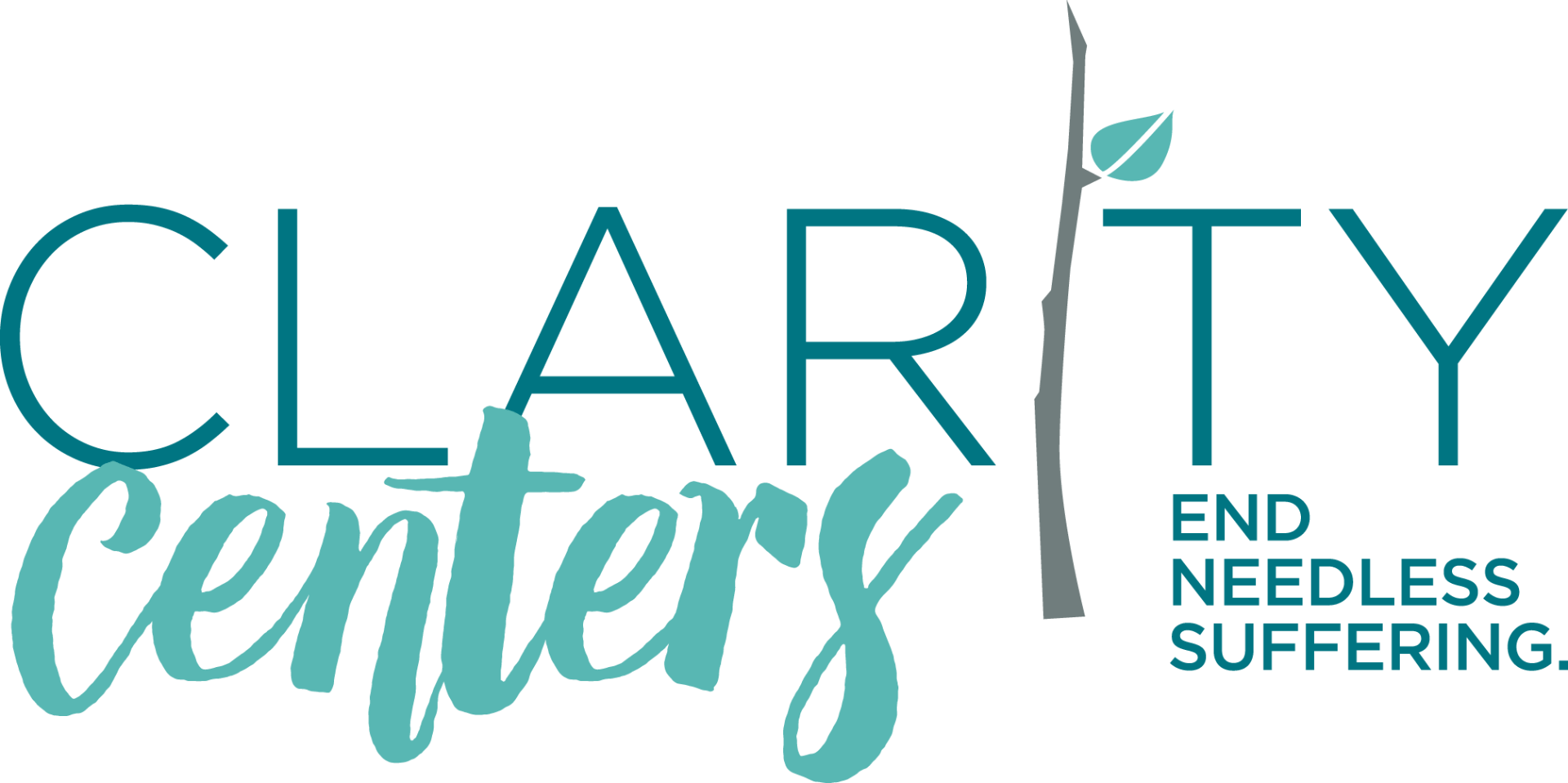Secrets of the Brain

PURSUING YOUR PERFECT PROFESSION, PART I
The most common impediment to successfully developing the career of your dreams is a person’s own inability to regulate that planning. That’s what I’ve discovered in my many years of helping people decide on a college major, or select a good career for themselves. We get off track. We fail to plan. We go off impulsively in too many directions at once. We get distracted by “shiny objects” that lure us away. In my following multi-part essay, I use the scientific understanding of brain regulation to provide a framework for how you can better stay on track in your pursuit of your perfect career. And you already have the most important tool to do this–I promise! It’s between your ears.
BRAIN NETWORKS
The network of our brain is designed to function not unlike how a business leader functions in a company. A company’s Chief Executive Officer has an overarching goal to make sure all the components of the business keep working properly in concert for the goals of the organization. For you, the process of uncovering your natural talents and deciding on a career also needs a healthy dose of executive functioning or brain regulation. If you don’t keep track of what you are doing, or when to shift to a new task, you could get incredibly behind where your goals say you should be. Or, if you forget to track and understand your emotional connections to this process, you could fall into some deeply stressful experiences. I call the realm of where brain functioning meets the career development process the Nine P-Patterns. This is a way to express all the regulating and planning and processing that is needed to stay the course in your career journey. I am talking about a strategy to keep you on course for the long haul!
EXECUTIVE FUNCTION P-PATTERNS EXPLAINED
I have highlighted nine aspects that science has identified as relevant to how we all complete the tasks we have set before ourselves: the Nine P-Patterns. If you can master your P-Patterns, you will arrive at your career goals more efficiently.
- Proceed – starting tasks
- Prevent – stopping impulses
- Produce – problem solving
- Plan – using strategies effectively
- Present – bringing order to the mess
- Process – carrying out multi-steps
- Perceive – understanding ourselves socially
- Progress – monitoring our status
- Perform – expressing our emotions in the right way
Please understand that these are not stages that you move through in progression. These Power Patterns are more cyclical than sequential. Power Patterns describe how you act and interact with the challenges that will face you on the career development journey. Some readers may need to tackle the Perform Pattern first, needing to manage their emotions before they are overwhelmed. Others may need to constantly use the Present Pattern in order to remind themselves to stay on an organized path. Understanding where you function well in these career patterns is key. You may have a strength in planning, or present yourself well. You could have some weaknesses, too. Perhaps you don’t plan out your steps consistently, or your social perceptions are always getting you into trouble.
Secrets of the Brain Part 2
NEXT STEPS: PROCEEDING AND PREVENTING PATTERNS
In the previous blog, I have highlighted nine aspects that science has identified as relevant to how we all complete the tasks we have set before ourselves: the Nine P-Patterns. If you can master your P-Patterns, you will arrive at your career goals more efficiently.
- Proceed – starting tasks
- Prevent – stopping impulses
- Produce – problem-solving
- Plan – using strategies effectively
- Present – bringing order to the mess
- Process – carrying out multi-steps
- Perceive – understanding ourselves socially
- Progress – monitoring our status
- Perform – expressing our emotions in the right way
PROCEED PATTERN
It may seem simple, but starting is important. If you consider the greatest works of art, whether sculpture, painting, or architecture, the initiation of the project was a key feature of the eventual creation. The first stone that set a foundation to the Great Pyramid in Egypt may have been well planned, but it’s actual placement along with many other stones is what we celebrate. In your own career journey, the choice to proceed with something is the first step. Career Path Choices | Career Testing and Career Counseling | Clarity Centers | Towson, MD 21204If you believe college is along your path, you have many decisions to begin with. You are considering:
- what grades can allow entry to what colleges
- what types of funding will you need for college
- whether knowing your major is important before you begin
If you believe that the workplace is the best start for you, you also have much to ponder:
- where would you like to work (big city or small town)
- what companies do you know that are hiring
- what training do you have right now that fits with open jobs
The book Ready, Fire, Aim by Michael Masterson suggests in his title that to proceed is often more important than failure. He contends that after some solid preparation, it can be more important to try something out (the “fire” part of the book’s title) before accurately aiming for complete success. Masterson supports the ideas that most successful people have had many experiences of failure before they arrive at more successes.
PREVENT PATTERN
As important as starting can be on your career journey, you may need to follow the Prevent Pattern first. In this pattern, you are carefully stopping yourself from being too impulsive. Learning to resist at times can be a good policy in deciding about a college option or a workplace focus. In the Prevent Pattern, we are allowing our brain to slowly consider what is best to use among the many options we have to choose. There may be some things in our lives that we have to cut out, or stop. We may have to say no to what would otherwise be good opportunities if the situation were different. Without these times of pausing and consideration, we often make poor choices. In the Prevent Pattern, we carefully think through the best options. We learn to say no, so that we can say yes to the most valuable choices we have.
Secrets of the Brain Part 3
SECRETS OF THE BRAIN: THE PRODUCE AND PLAN PATTERNS
In the previous blogs, I have highlighted nine aspects that science has identified as relevant to how we all complete the tasks we have set before ourselves: the Nine P-Patterns. If you can master your P-Patterns, you will arrive at your career goals more efficiently.
- Proceed – starting tasks
- Prevent – stopping impulses
- Produce – problem solving
- Plan – using strategies effectively
- Present – bringing order to the mess
- Process – carrying out multi-steps
- Perceive – understanding ourselves socially
- Progress – monitoring our status
- Perform – expressing our emotions in the right way
PRODUCE PATTERN
In the Produce Pattern of brain functioning, the concern is how flexibly you can solve problems, move freely from one aspect of a problem to another as the situation changes. This part of your career journey can involve how well you transition, tolerate change, and change your attention from one area of focus to another. In order to produce, you may be required to think outside the box and consider new ways of thinking about a puzzle. Let’s say you are at a point of aiming towards developing your career in the workplace. You have some old resumes you have used before and decide to start sending them out. What you quickly discover is that many jobs are requiring you to submit information online, sometimes using something familiar like a resume and sometimes not. This can be discouraging because what you thought would be easy is now requiring many hours of work!
A classic book Who Moved My Cheese by Spencer Johnson, is a powerful fable about the changing nature of the business world. In it, the “mouse” characters must confront the unexpected and even catastrophic changes that are occurring when the “cheese” is not where it is supposed to be. It is a story about how the person seeking success will have to endure times of stress and how creativity can be grown. For the person in the workplace or those in college, the process can require unique solutions to problems. There is risk in the career development journey and that can be scary. And, there is risk and that can be fun!
PLAN PATTERN
I believe this is the core part of the career journey. You will return many times to the Plan Pattern because this is the experience of creating, organizing, strategizing and implementing your goals. Whether you are seeking college options, or diving into the work world, you will need to bring order to your options and developing steps ahead of time to carry out a task. As funny as it may seem to say, in order for the brain to use it’s resources for planning, it requires that you actually give your brain a plan. For many people, the career development process is a new one. You’ve never done this before. You may not know how other people have figured out their college major, or how they’ve landed their first job. What you need is some guidance, steps, practical advice, and structure to be successful. You may be struggling with:
- Time management
- Priority setting
- Creating checklists
- Managing your discouragements
- Setting achievable goals
Identify people you know who are good at the things listed above.
